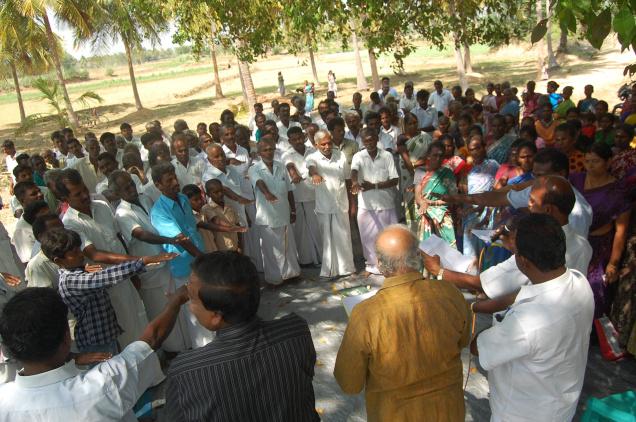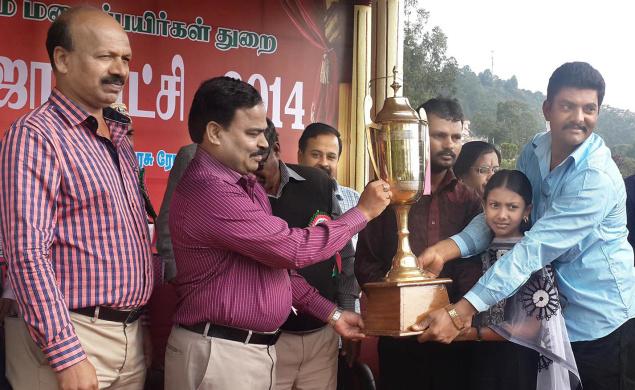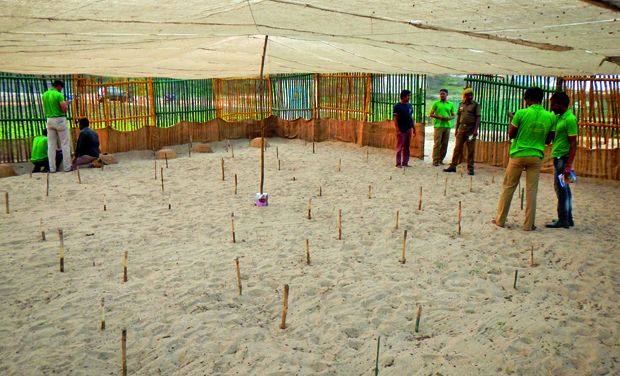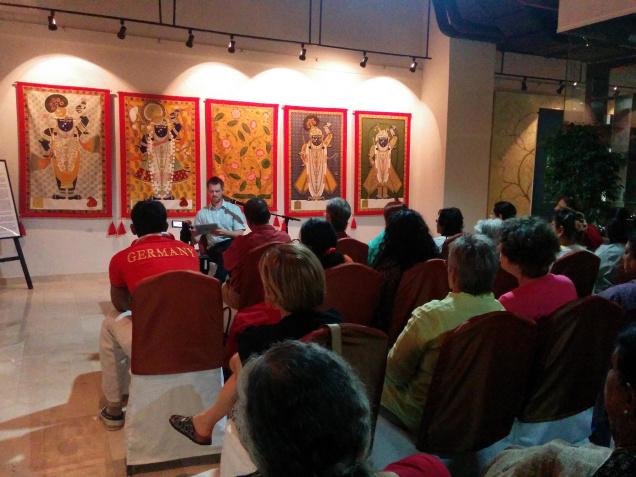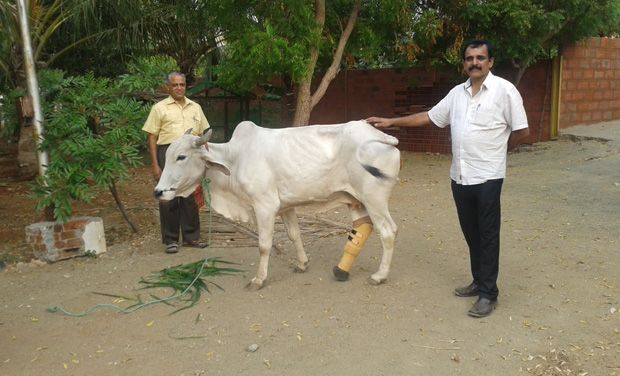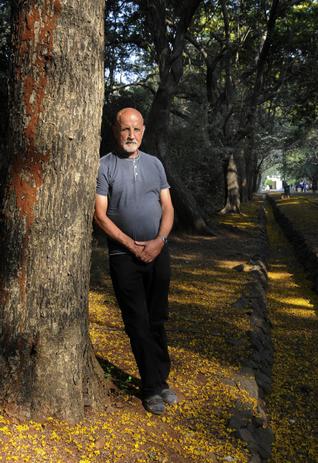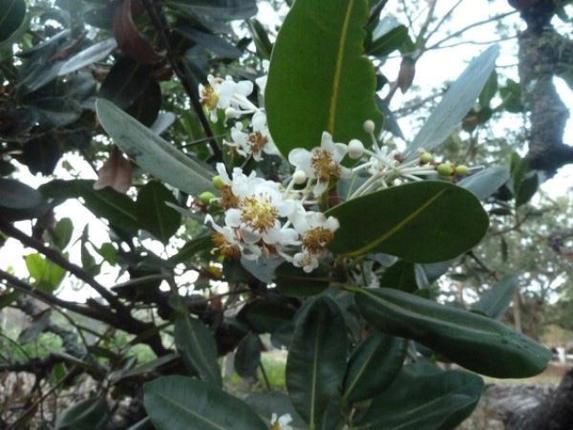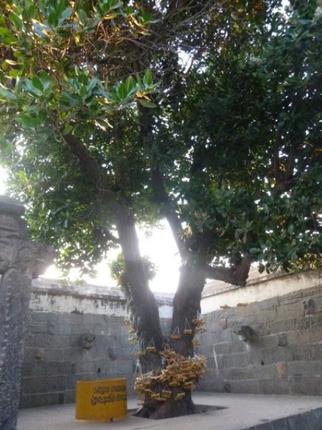
Old-school diviners and certified hydro-geologists are busy identifying sub-surface water zones in Tiruchi
So, you are among those who think that water comes from a tap? Spare a thought for the people who make a living scouting for aquifers below the ground – and have to get it right before the drilling equipment hits earth.
“Most builders don’t plan for long-term water usage or rainwater harvesting in Tiruchi,” says A. Thangavel, 59.
A seasoned ‘water diviner’ of the old school, Thangavel is a native of the nearby Kambarasanpettai village and claims to have “100% success” in finding water in and around Tiruchi since he started out in 1975.
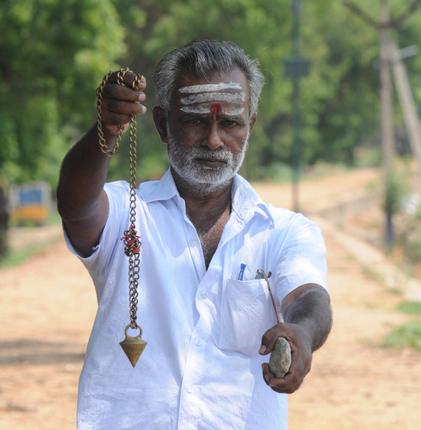
His toolkit (in a hard-backed suitcase) has an impressive collection of implements: pendulums of iron, copper, bronze and brass, a glass bottle, 20 types of rocks and a watch.
The armoury includes a copper dowsing ‘radar’ built along the lines of the old neem-wood witching stick (which Thangavel carries around separately). The coconut is missing, because it broke on his last assignment.
“I wait for people to call me for my services. Up to 2000, I was dowsing water using just a watch, for free,” says Thangavel. What follows next is an explanation based on iffy science: “There is an electrical charge in the flow of water that seems to react to certain groups of blood, but not to those who are overweight, non-vegetarian or diabetic,” he says. A positive blood group and ‘pure lifestyle’ are essential to becoming a water diviner, he insists.
Thangavel starts out with a copper wire, which indicates the presence of water, but not its depth. “I make a marking after studying the lie of the land and aquifer’s location. For this, I start with the copper wire, and then use these tools one by one – I note how activated each element is in that spot, and then finalise my marking,” he says, adding a survey could take anywhere between three to five hours, or more than a day for trickier calculations.
“These days I don’t answer so many questions because the customer doesn’t want to pay me for my trouble,” Thangavel says. So he has narrowed down his findings to just three issues: the availability of water, its depth and the long-term yield. His fees hover in the range of Rs.3000-5000.
Claiming to have boned up on his technique by reading ancient literature on water dowsing, Thangavel says that the construction boom in Tiruchi has led to an increase in the need for water diviners. “But most of them are doing stuff blindly,” he says dismissively. “Water dowsing has been in existence for many centuries throughout the world, but in India it has no official certification.”
Traditional diviners and qualified hydro-geologists have little choice but to co-exist in the crowded marketplace, says A. Gnanasekaran, who has been marking groundwater spots for over 24 years now.
Gnanasekaran decided to specialise in hydro-geology after working on his 1990 Anna University post-graduate project that surveyed geophysical methods to explore groundwater supply and using that technology to help farmers.
While he dabbled with commercial work for a while, Gnanasekaran says he works for the government as well – he is in fact certified by the authorities to scout for water in the districts of Tiruchirappalli, Dindigul and Tiruvallur.
Tiruchi is a winner in the rock formation stakes, says Gnanasekaran, as its alluvium, the fertile layer of soil and sediments deposited by the Cauvery river, is an excellent source of water zones within 30 to 40 feet and is regularly recharged.
“The further you move away from the river banks, to Musiri, Uppiliyapuram and so on, you will find hard rock formation,” he says.
Gnanasekaran and his team of four geologists use the resistivity meter, approved by the National Geophysical Research Institute (NGRI) and the ‘Schlumberger method’ to test for the presence of potable water and that for irrigation. “We work on plots between three to 40 acres,” he says. “We start by studying the local geology and bore-well locations, and calculate our costs based on the extent of land and time required for the calculations. The government has stipulated Rs. 1800 as the charge per water marking. This is what I charge the farmers too,” he says. The rates are higher for institutions or industries.
“Very often customers come to us after they have become confused by traditional water diviners’ markings. Actually we are testing for the conductivity (power to transmit heat, electricity or sound) of the soil rather than for water,” says Gnanasekaran. “The higher the resistivity (the power of resistance to an electrical charge), the lesser the chance of water being there.”
But broadly, Gnansekaran tries to coincide his findings with the calculations of the old-school diviners, to keep everyone happy. “I interpret the result based on my experience, and pinpoint the area personally first. The exact calculations on water depth in relation to its resistivity will be available next day in the form of a computer-generated graph,” he says.
The shallow water layer is almost dry in Tiruchi, says Gnanasekaran. “Around 95% of well irrigation systems, which use water from within 100 feet depth, have died out. In recent years, we have been going for water within 200-300 feet, but even this is drying up slowly. Now the government recommends deep wells of 600-800 feet,” he adds.
Though new software has made it easier to calculate resistivity levels, it is costlier, and therefore less viable for small projects, says Gnanasekaran, who also runs the Annai Trust, an NGO that works with socially and financially disadvantaged people.
A spell of rainy days can deprive water diviners of their livelihood, but Thangavel is confident of training others to take it up.
Gnanasekaran is concerned about the over-exploitation of water resources, but says he steps back once the aquifer has been identified. “I don’t have a role to play in what happens to the water after this,” he concludes.
source: http://www.thehindu.com / The Hindu / Home> Features> MetroPlus / by Nahla Nainar / Tiruchirapalli – May 30th, 2014
